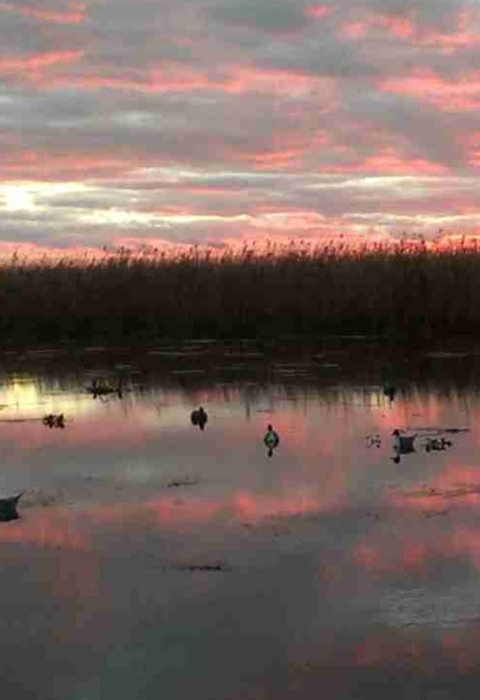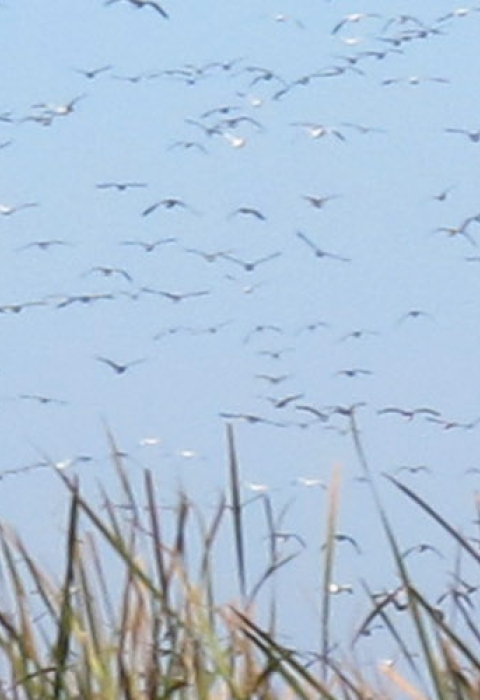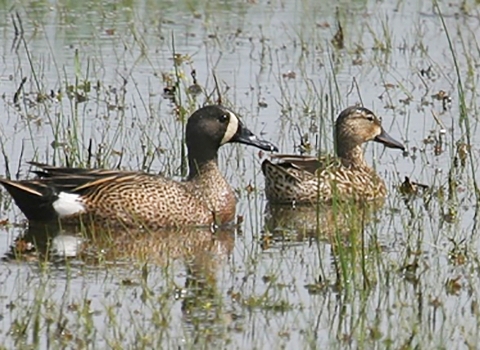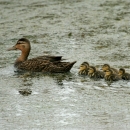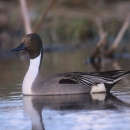Delta National Wildlife Refuge offers a unique experience for visitors who venture beyond the road’s end to travel by boat across the Mississippi River, into the marshes of the Gulf of Mexico.
Visit Us
Located in Plaquemines Parish, near Venice, Louisiana, the refuge is part of the "birds-foot" shaped delta at the mouth of the Mississippi River. Delta National Wildlife Refuge offers a unique experience for travelers who venture beyond the road’s end to travel by boat across the Mississippi River, into the marshes along the Gulf of Mexico. There are no roads or trails in these wetlands, which are accessible only by watercraft. Most visitors come to the refuge for waterfowl hunting and fishing.
Location and Contact Information
About Us
Delta National Wildlife Refuge was established in 1935 under the authority of the Migratory Bird Conservation Act to serve as a refuge and breeding ground for migratory birds and other wildlife. The refuges' wetlands lush wetlands and marshes are a haven for migratory birds. Located at the southern terminus of the Mississippi Flyway, an important migration corridor for hundreds of North American bird species — the refuge provides resting and recovery habitat for trans-Gulf migrant birds such as neotropical songbirds — and wintering habitat for hundreds of thousands of waterfowl. The refuge also serves as a nursery for the rich aquatic resources of the region such as crabs, shrimp, and fresh and saltwater fish.
What We Do
Wildlife conservation is at the heart of the National Wildlife Refuge System. It drives everything on U.S. Fish and Wildlife Service lands and waters managed within the Refuge System, from the purposes for which a national wildlife refuge national wildlife refuge
A national wildlife refuge is typically a contiguous area of land and water managed by the U.S. Fish and Wildlife Service for the conservation and, where appropriate, restoration of fish, wildlife and plant resources and their habitats for the benefit of present and future generations of Americans.
Learn more about national wildlife refuge is established, to the recreational activities offered, to the resource management tools used. Using conservation best practices, the Refuge System manages Service lands and waters to help ensure the survival of native wildlife species.
Our Species
Delta National Wildlife Refuge is at the terminus of the Mississippi flyway for North American waterfowl. It is also one of the last areas of land available to neotropical migrants — songbirds that travel from north American, crossing the Gulf of Mexico to winter in Central and South America. The refuges' wetlands are key to supporting many species of these migratory birds, as well as wintering waterfowl and shorebirds. These coastal wetlands also provide a nursery for several species of marine life, which are the lifeblood of the sport and commercial fisheries of this region.
Get Involved
From its start in 1903, the National Wildlife Refuge System has owed its very existence to concerned individuals eager to conserve America's natural resources. You too can make a difference for conservation.
Projects and Research
Delta National Wildlife Refuges' conservation goal is to serve as a refuge and breeding ground for migratory birds, and other wildlife, and to provide a sanctuary for wintering waterfowl. Our projects and research support this goal.
